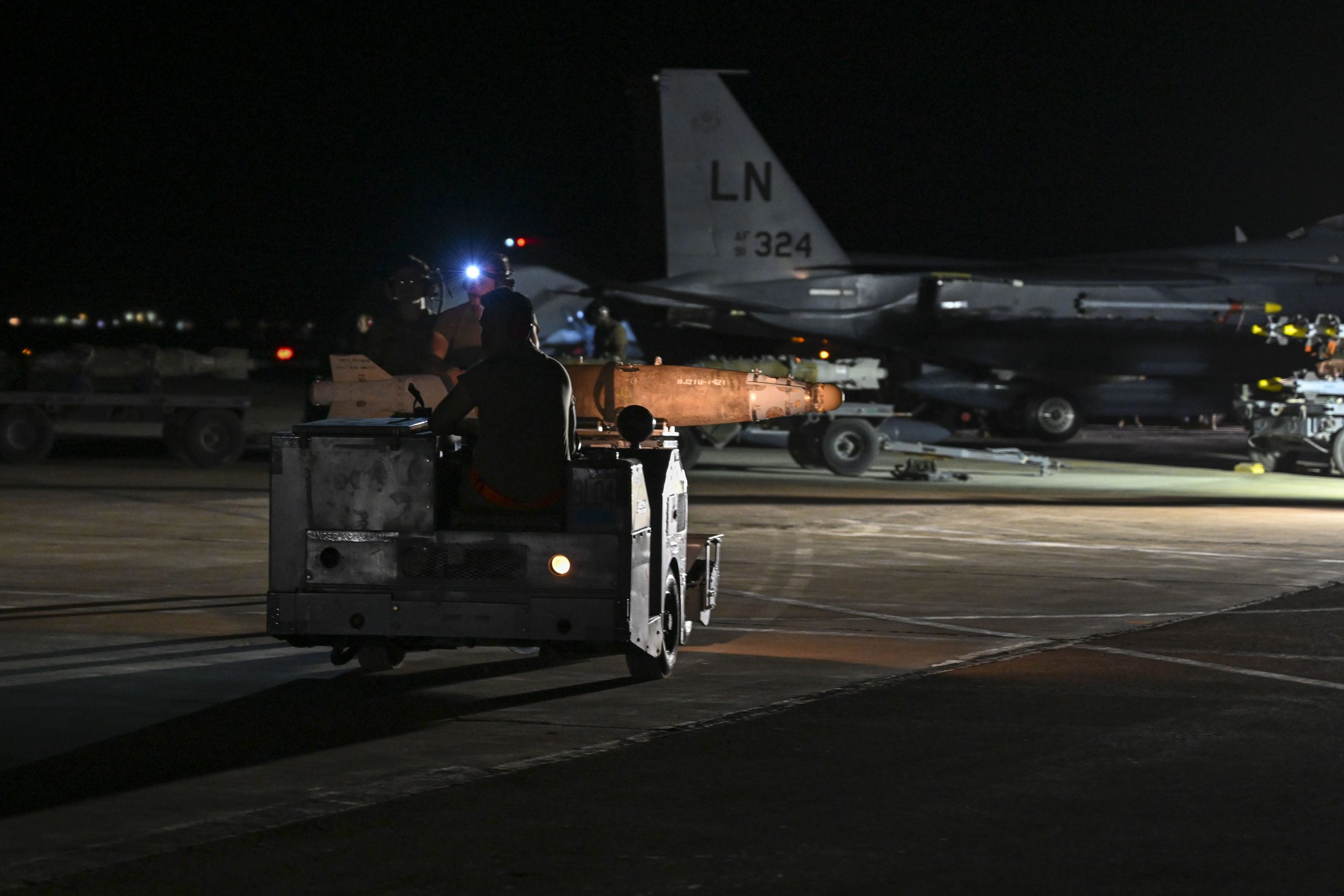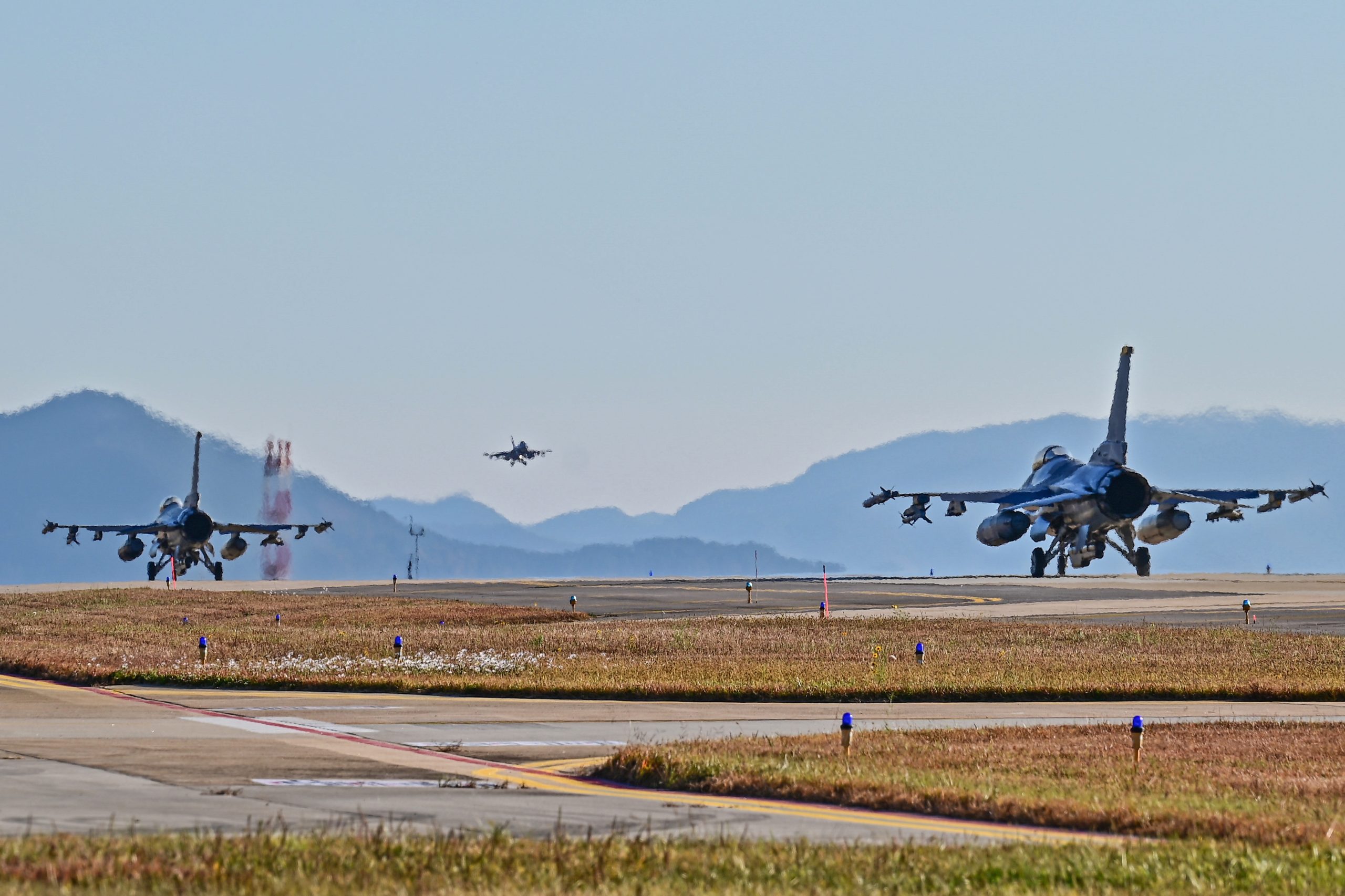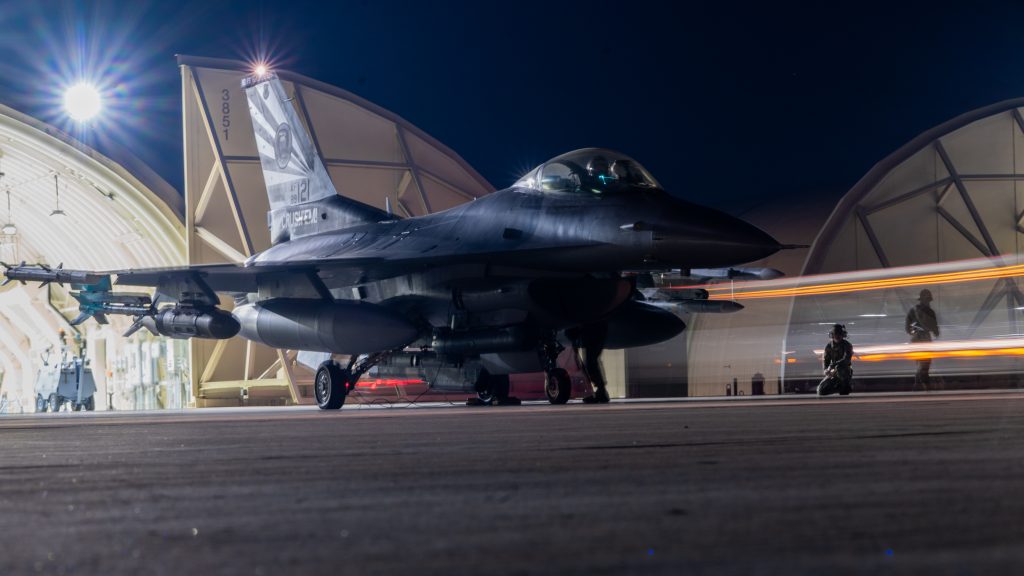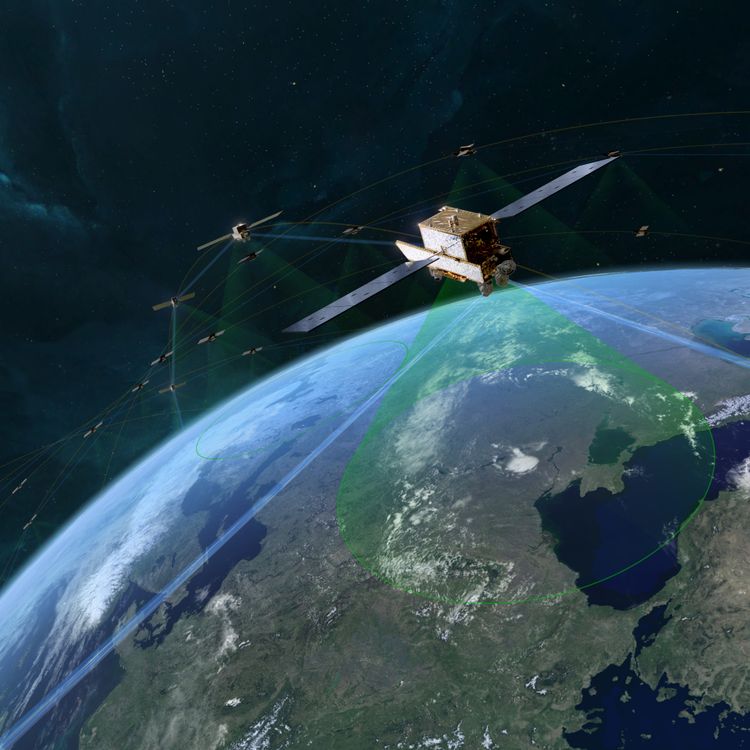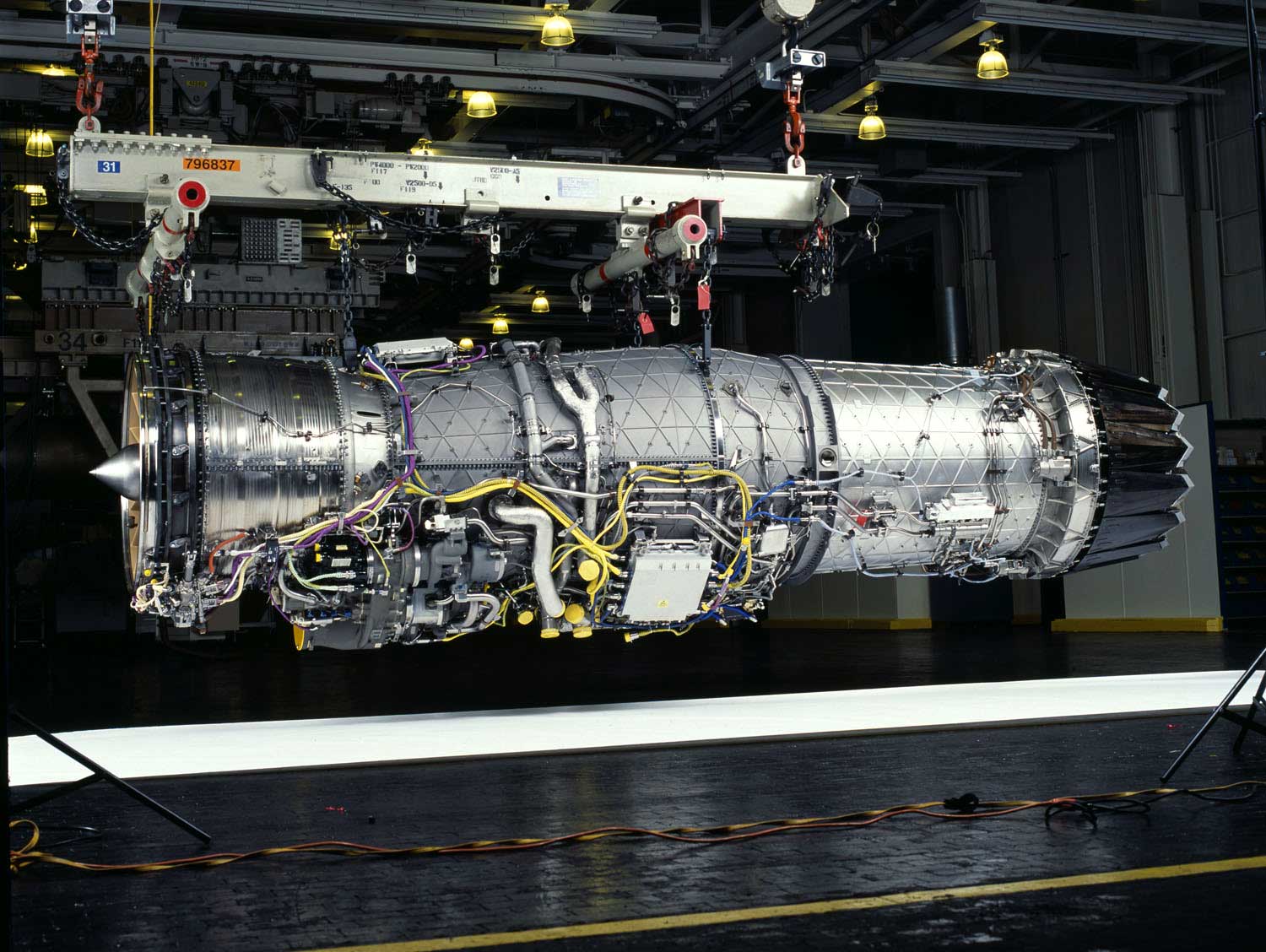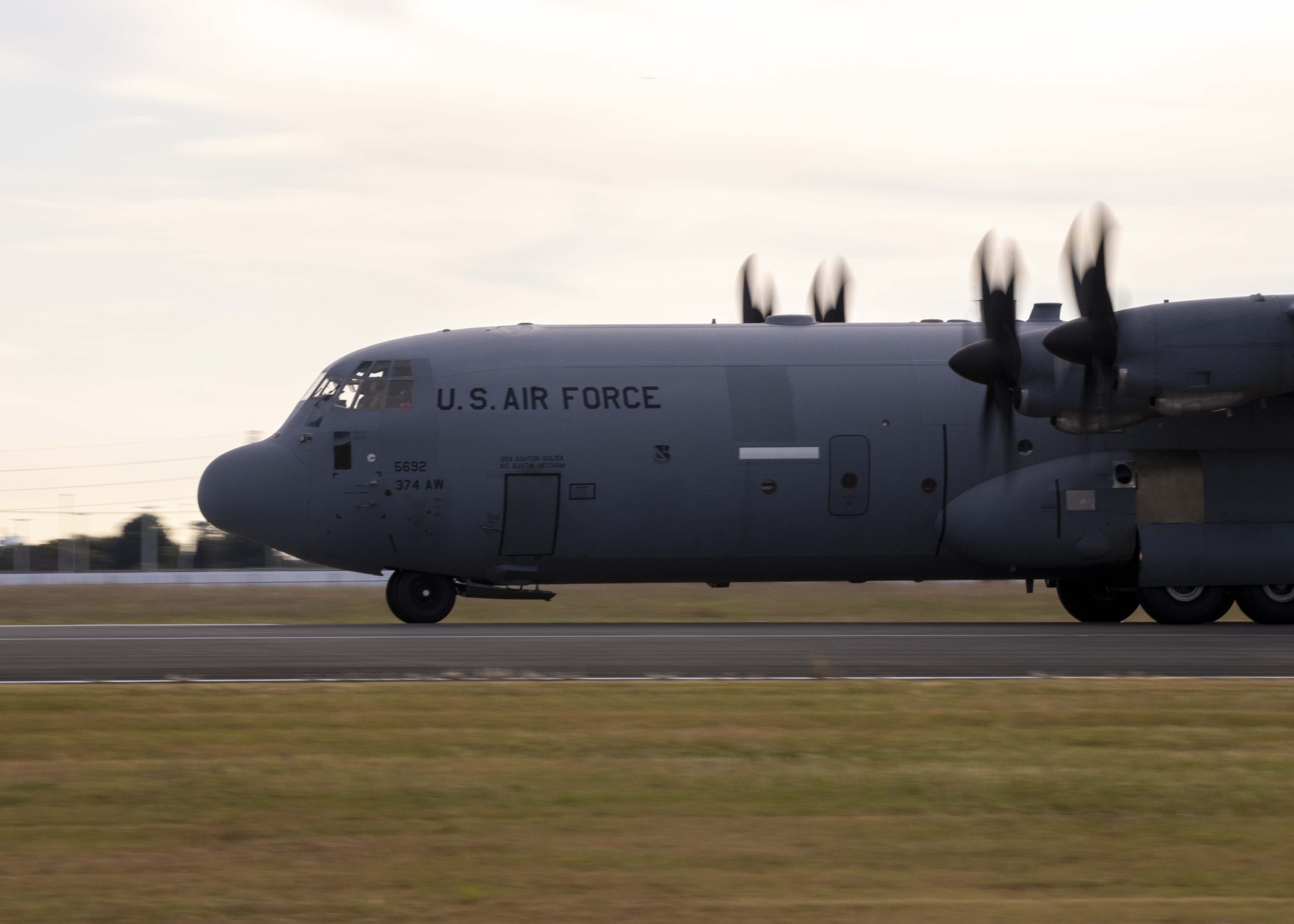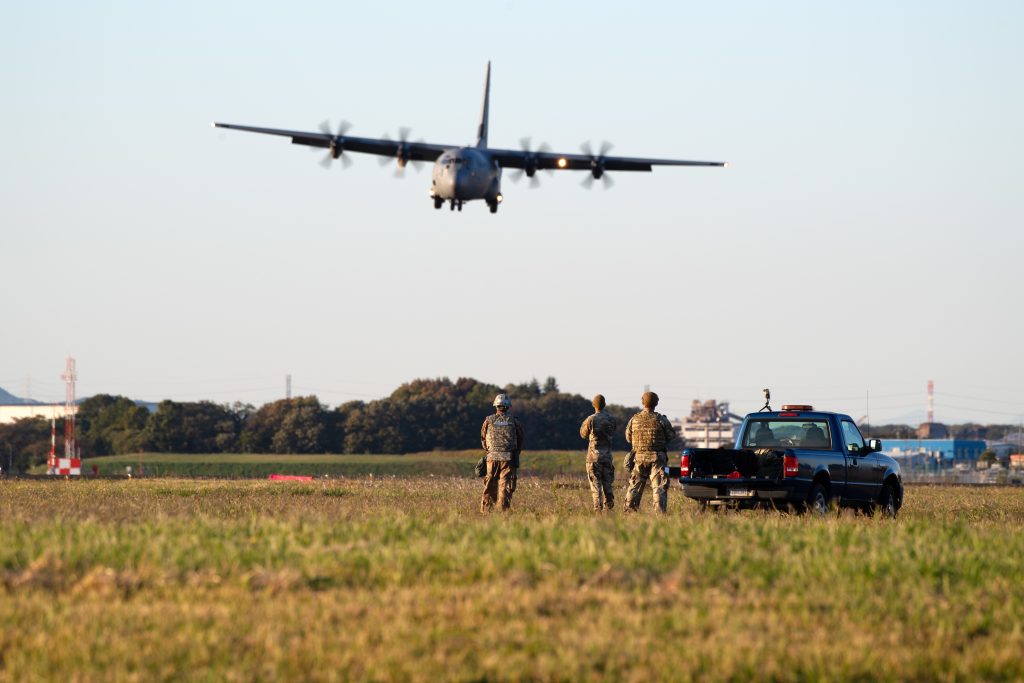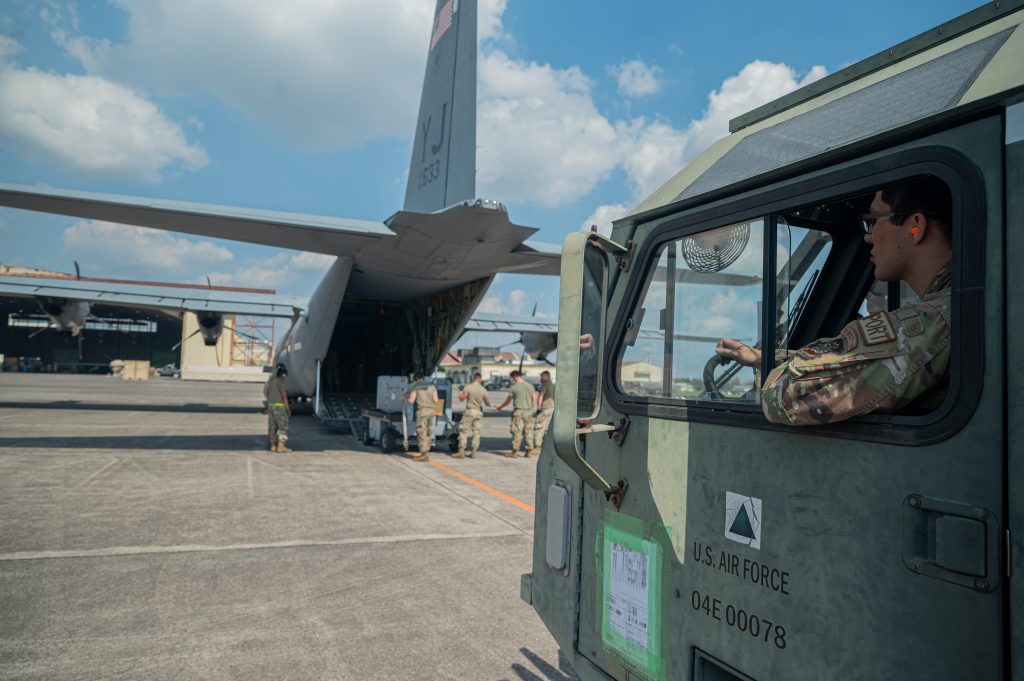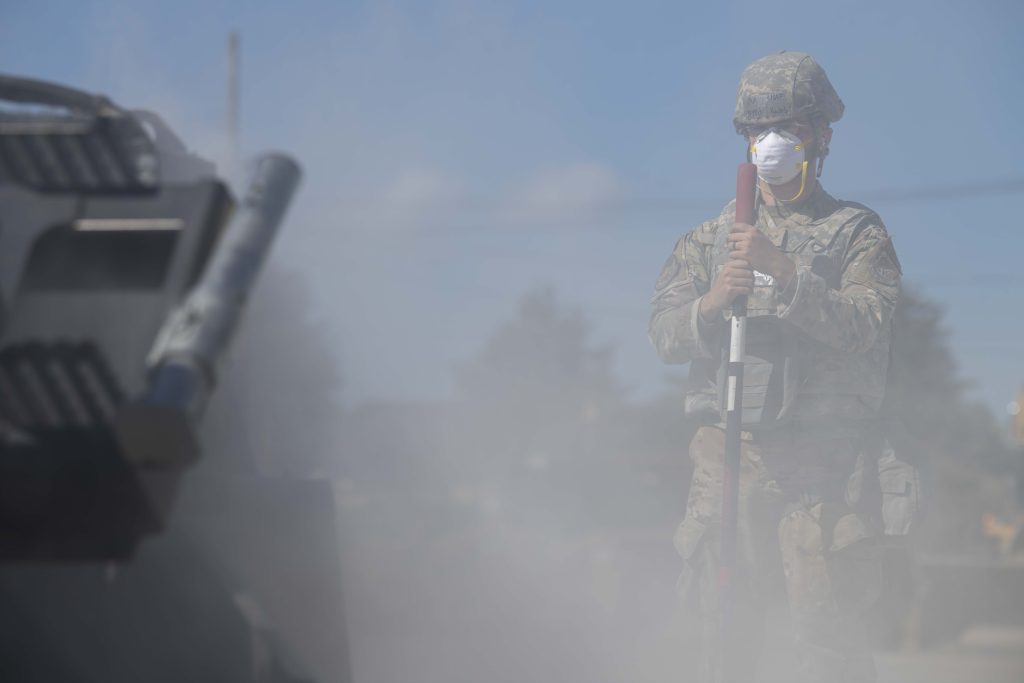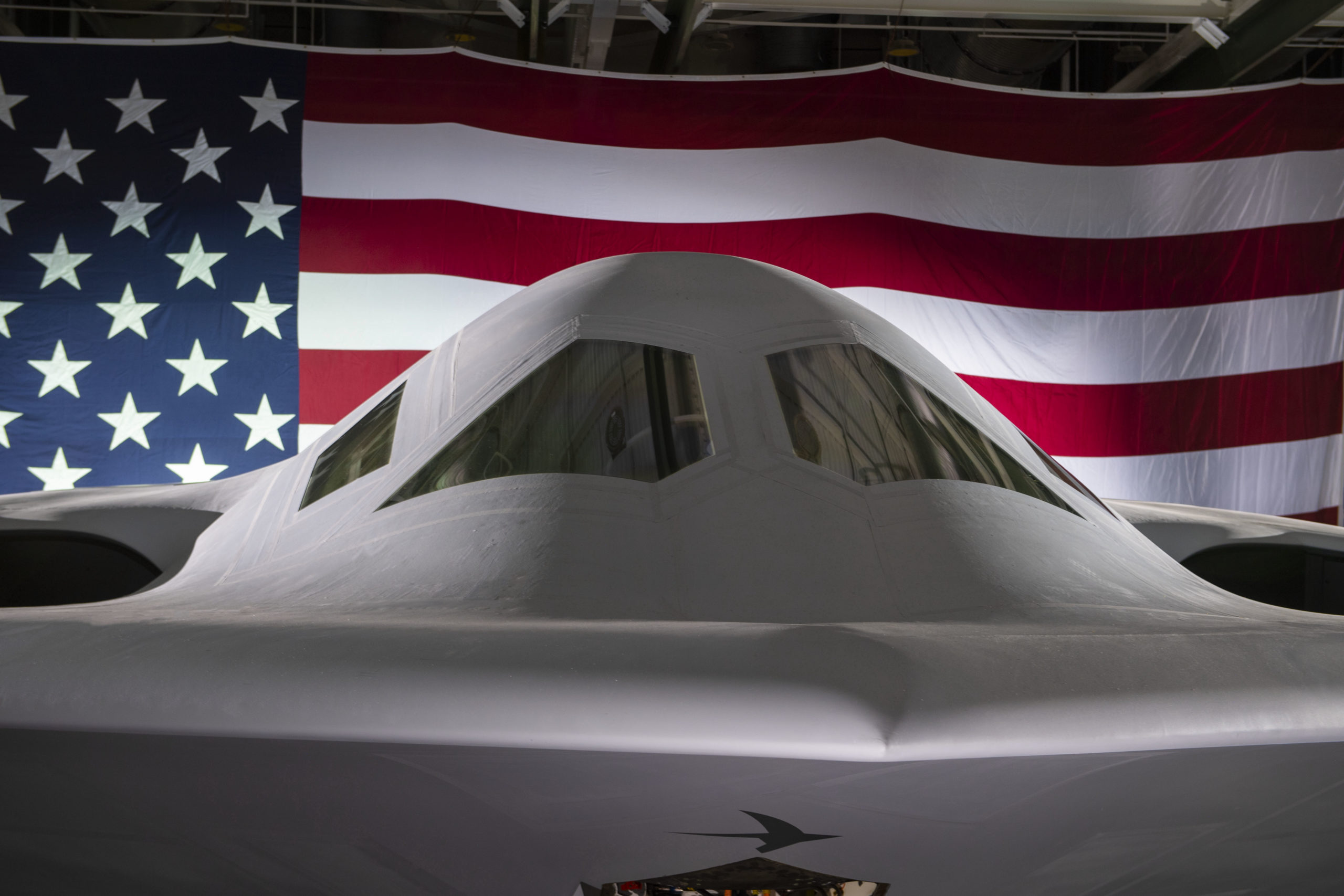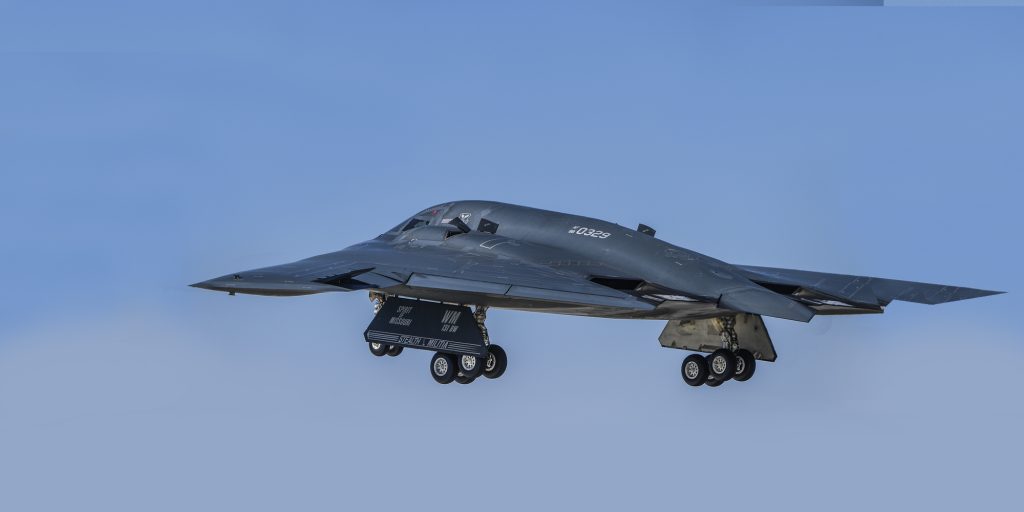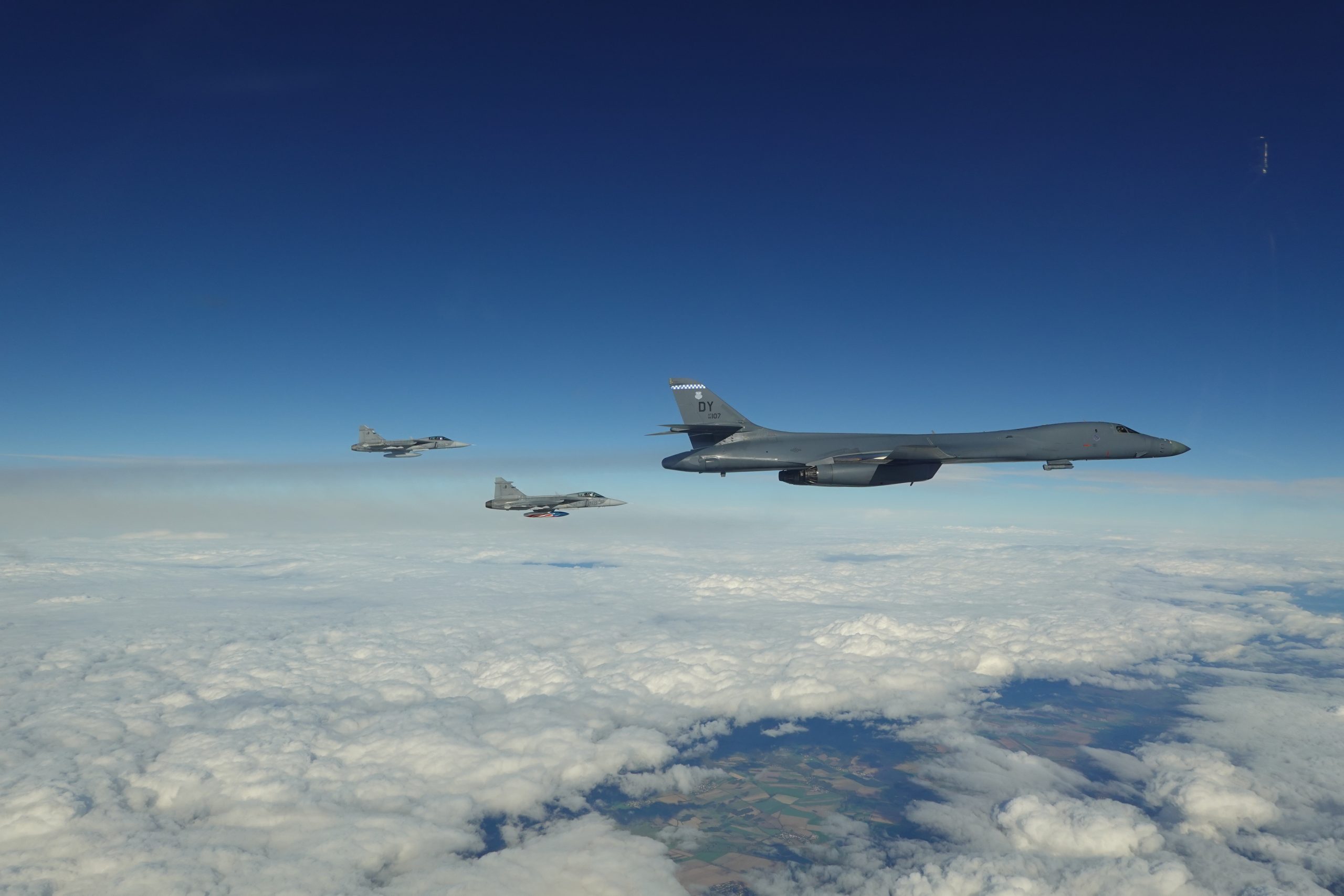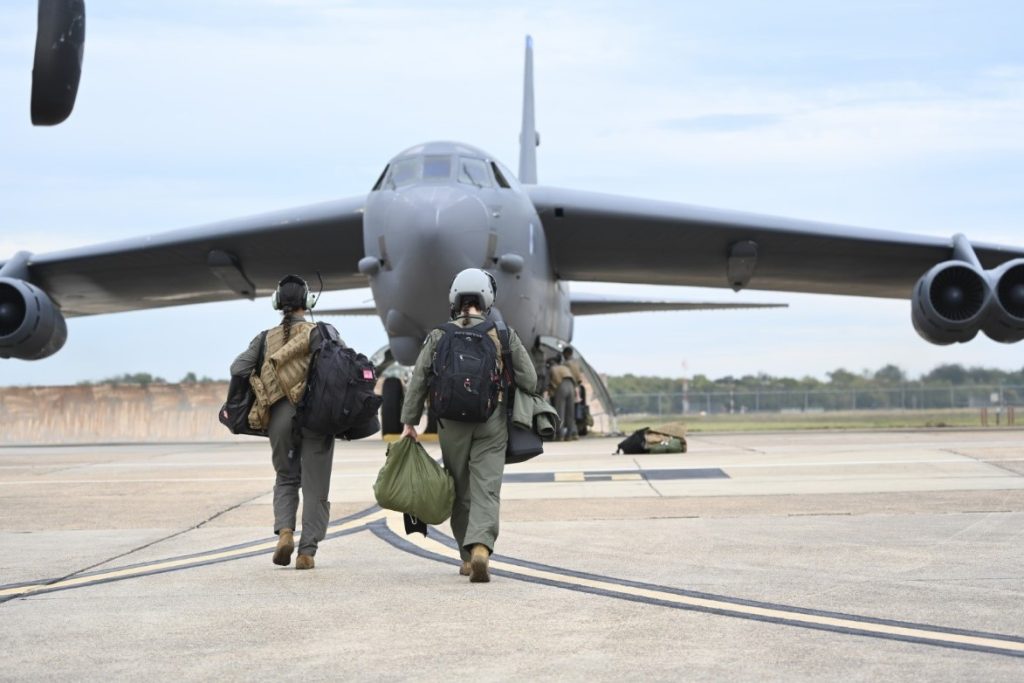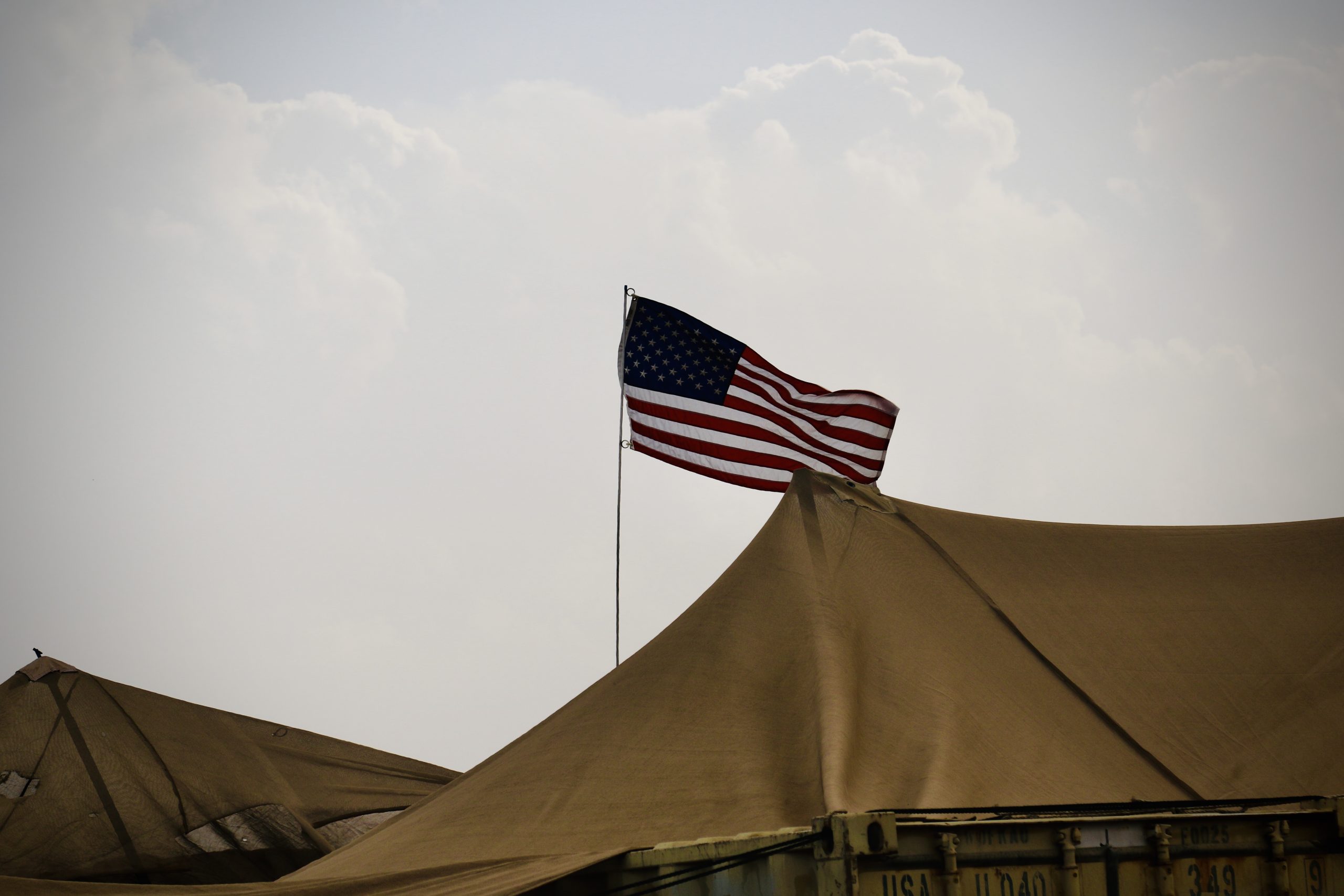U.S. troops have been attacked by Iranian-backed militias at least 23 times in less than two weeks, Pentagon officials said Oct. 30, providing the most comprehensive account of the American military’s recent confrontation with Tehran’s proxies in Iraq and Syria.
At least fourteen of these rocket and one-way drone attacks have occurred in Iraq, while another nine were carried out in Syria, the officials said.
Several of the militia attacks took place after the U.S. launched airstrikes against Iran’s Islamic Revolutionary Guard Corps (IRGC) and the groups it backs in eastern Syria on Oct. 26 in an effort to deter further hostilities.
“Iran’s strategic objective has not changed,” a senior defense official told reporters. “Iran’s objective for a long time has been to force a withdrawal of the U.S. military from the region. What I would observe is that we’re still there.”
U.S. troops are in Iraq and Syria to advise and mentor local partners who are working to prevent a resurgence of the Islamic State group. Some 2,500 U.S. troops are in Iraq working with Iraqi forces, while 900 troops are in Syria.
There had been a truce of sorts with the Iranian militias for more than six months as the U.S. held quiet talks with Iran about the release of American detainees and the pace of Tehran’s nuclear program. But that came to an end after Hamas, a militia long supported by Iran, attacked Israel on Oct. 7, prompting a fierce Israeli response.
Israeli Prime Minister Benjamin Netanyahu said in an Oct. 28 press conference that Iran has provided critical military and financial support to Hamas, although he said he had no firm evidence that Tehran orchestrated the Oct. 7 attack.
“Iran supports Hamas,” said Netanyahu, who added that Tehran provides over 90 percent of Hamas’s budget.
The most intensive attacks by Iran-aligned groups against U.S. forces occurred Oct. 17 and Oct. 18, when 21 American military personnel were injured in attacks at the Al Tanf Garrison in Syria and Al Asad Air Base in Iraq. Those troops have since returned to duty, but a U.S. contractor died of a heart attack during the strikes.
In response, President Joe Biden ordered airstrikes against weapons and ammunition storage sites used by the IRGC and Iran-aligned militias, which the Pentagon announced Oct. 26.
The Pentagon initially said the airstrikes were conducted by a pair of F-16s Fighting Falcons using precision munitions. But officials later added that the mission was carried out using F-15E Strike Eagles as well.
The facilities were destroyed, deputy Pentagon press secretary Sabrina Singh said Oct. 30. The U.S. military action appeared timed to minimize the risk of casualties, and the Pentagon says it believes no Iranian or militia personnel were killed.
“They were proportionate, focused, precision self-defense strikes,” the senior defense official said.
Even though many of the recent attacks against U.S. troops have been conducted in Iraq, the Biden administration has stayed clear of striking targets there over the years for fear of inflaming the political situation there, Middle East analysts say.
U.S. troops are in the country at the invitation of the Iraqi government to mentor Iraqi forces who are fighting ISIS. Michael Knights of The Washington Institute for Near East Policy said attacks by Iranian-aligned militia groups in Syria appeared to have increased at a greater pace in recent days.
To better protect U.S. forces, the Pentagon is sending a Terminal High Altitude Area Defense (THAAD) anti-missile battery to Saudi Arabia and Patriot surface-to-air missile systems to a number of Gulf states and Jordan, U.S. officials say, to be manned by around 900 troops. The USS Dwight D. Eisenhower is also headed to the Middle East, and the U.S. has increased the number of Air Force fighter and attack aircraft in U.S. Central Command to six squadrons.
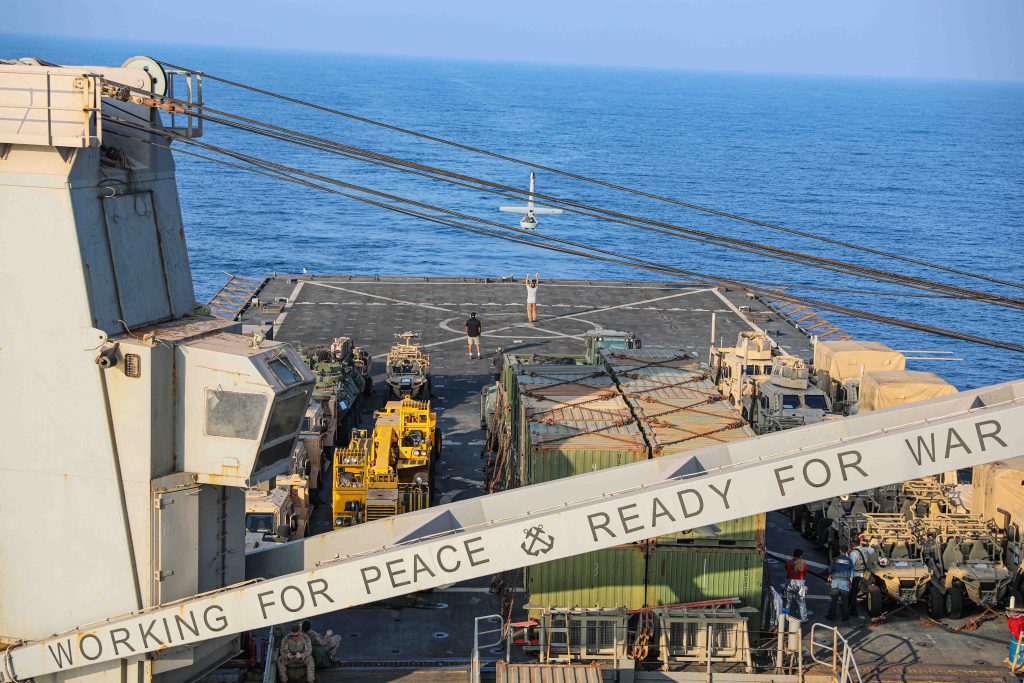
Numerous warships are already in the Middle East and eastern Mediterranean Sea, including the USS Gerald R. Ford aircraft carrier and amphibious assault ship USS Bataan, both of which carry fighters and other aircraft. The warships can also conduct air defense, which the destroyer USS Carney demonstrated in the Red Sea when it shot down four land attack cruise missiles and numerous drones launched by Iranian-backed Houthi rebels in Yemen on Oct. 20 that the Pentagon says had the range to strike Israel.
Biden said in a notification to Congress he ordered the airstrikes because of the “grave threat” to U.S. personnel and that they were “conducted in a manner to limit the risk of escalation.” But U.S. officials have said the Biden administration is prepared to use force again if required.
“Deterrence includes both demonstrating the preparedness and the willingness to take military action, as well as messaging, which is why we have been very clear about what we want, which is for Iran’s senior leaders to direct its proxies and militias to stand down and stop these attacks, and we’ve backed it up with the use of force,” the senior defense official said.
